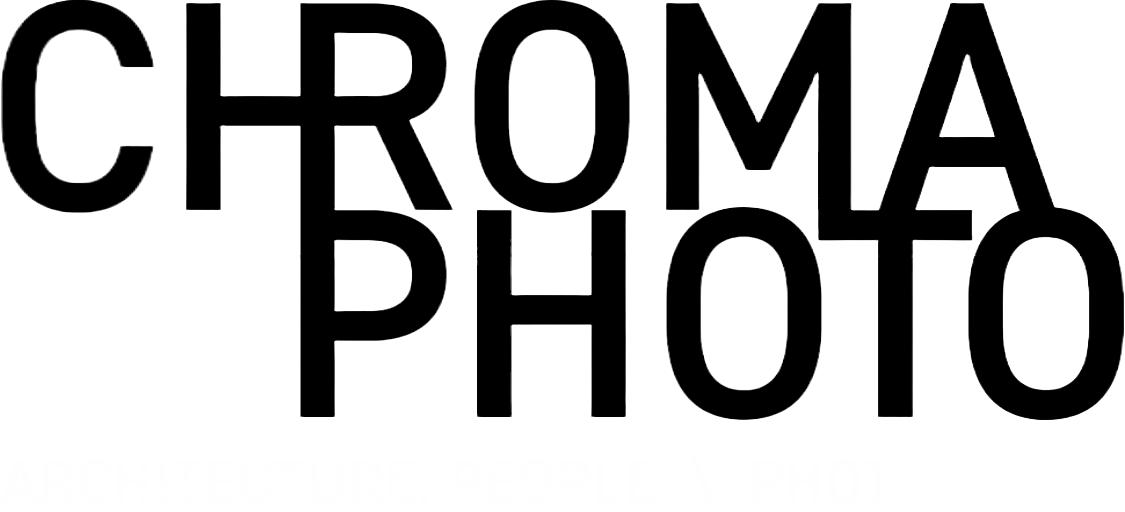Public / Private
Land ownership. We all understand what it is in most senses. Many of us aspire to it, to own your own house, garden, maybe a plot of land or for some people, property in general. These spaces would be ours, to (within reason), do with as we wish. But what happens when public land merges with private ownership.
This is the slightly messy quagmire that seems to be creeping into our cities. The photo to the left was taken during a shoot for East Wick & Sweetwater, beside the Here East UCL building. There Here East building, designed by Hawkins Brown is quite a recognisable bold statement of a building, topped by its 10m high orange wording on the roof, advertising its presence. While I was shooting (very soon after pointing my camera in that direction), I was approached by security from the building, and requested to accompany them to go discuss permissions. Fortunately, the person I was working for was on good terms with the person in charge, and it was sorted in 20 minutes or so.
But is it fair to have a building so bold, in a place readily accessible, and request people to not take photos of it? As a photographer, it feels like tempting fate.
So how did we get here? The Guardian in 2017 reported that many of these spaces that feel like public thoroughfares, parks and squares have come to be under private ownership and governance as local authorities ‘cannot afford to create or maintain such spaces themselves.’ They go on to say that the regulations the public are beholden to are not clear, and neither the land owners, or councils could determine what rights people had in these spaces. As someone who regularly sets out around London with a moderately sized camera in hand, I probably notice (or am noticed!) this pseudo public phenomenon more than others. Some of the places I’ve encountered it and been challenged for what I’m doing include: The entirety of Canary Wharf, Foster’s Bloomberg building, Exchange Square, and the Olympic Park (several times while being paid to take photos, and having signed in formally).
There is of course a need for certain amounts of security to be in place for the safety of the public, and in some cases, the inhabitants of a building. But experiencing private security patrolling and questioning innocuous activities, it does make you wonder where the line is. Matthew Carmona also wrote about this for the Architects Journal in 2021, as a 4.5ha park plans were finalised for Nine Elms, discussing the nuance of ‘public-isation of private spaces’, and how the rules therein, and how they are enforced can affect how they are perceived and experienced.
Personally, I feel that some of these spaces are over-patrolled and controlled, and that some of that money could be better spent, while keeping the safety of the spaces paramount. I also largely see no reason that rules regarding photography need be any different to any other public land, whereby there is the intrinsic right to photograph and film, with no permission required, including both people and places. Just as with the government and any large bodies, we need to be prepared to be informed and reactive to the control exercised over our freedoms, and question the reasons for these.


